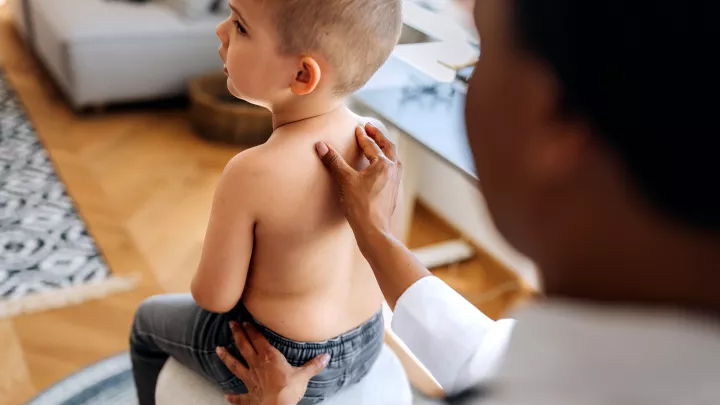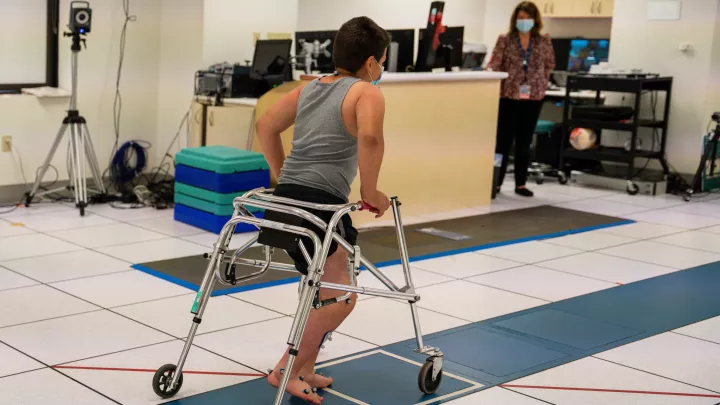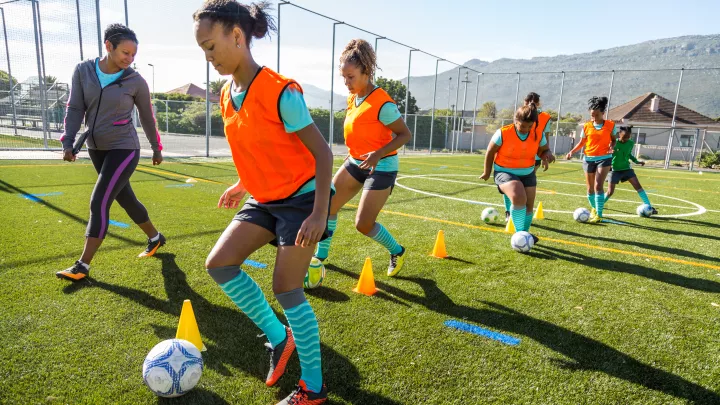Research Topics
- Gait and motion analysis
- Neuromuscular disorders
- Bone and muscle development
- Musculoskeletal biomechanics and modeling
In the News
Chicago Tribune: White kids at higher fracture risk than others.
Research Overview
Tishya A.L. Wren, PhD is a biomedical engineer working in the clinical environment. As Director of Research for the Jackie and Gene Autry Orthopedic Center at Children's Hospital Los Angeles, Dr. Wren conducts clinical and basic research in several different areas of orthopedics. This research is carried out in collaboration with colleagues in the John C. Wilson, Jr. Motion Analysis Laboratory as well as collaborators in the Clinical Imaging and Human Physiology Research Program.
Primary Areas
- Evaluation and treatment of movement abnormalities in children with neurologic deficits.
- Assessment of bone density and fractures in children.
Research Goals
The goals of this research are to improve treatment planning and outcomes for children with neuromuscular disorders and to prevent future musculoskeletal problems in both pediatric patients and healthy children. Many adult conditions such as osteoporosis have their antecedents in childhood, and children with disability are particularly at risk for developing these conditions at an earlier age.
- Our investigations have shown that children with cerebral palsy are vulnerable to bone deficits even when they are highly functional.
- We are currently investigating the importance of walking on bone development in children with spina bifida.
- Other research is examining whether assessments of bone in healthy children can predict those most at risk for fractures.
Key Findings
- Gait analysis significantly impacts surgical planning and reduces the need for additional surgery.
- Non-Hispanic white children and adolescents have double the fracture risk of other youth. White boys have the highest fracture risk, which may reflect both genetic predisposition to weaker bones and higher sports participation.
- Even highly functional children with cerebral palsy may have deficient bone in the lower extremities, with girls losing more bone than boys as function decreases.
- DXA, the most common technique for measuring bone density, has significant limitations when used to evaluate children and adolescents. Other 3-dimensional techniques may give more accurate assessments.
Funding
Dr. Wren has received research funding from the National Institutes of Health (NIH) and the Agency for Healthcare Research and Development, as well as support from the United Cerebral Palsy Research and Educational Foundation and industry sources.
- National Institute of Child Health and Human Development (NIH-NICHD). Risk Factors for Osteoporosis in Children and Adolescents with Myelomeningocele. This longitudinal study examines the risk factors for deficient bone acquisition in children and adolescents with the most severe type of spina bifida.
- Ultraflex Systems, Inc. Effect of Two Orthotic Approaches to Ankle Motion Restriction on Gait, Activity Level, Balance and Patient Satisfaction in Children with Cerebral Palsy. The goal of this study is to compare two types of ankle-foot orthoses for children with cerebral palsy and crouch or equinus gait.



